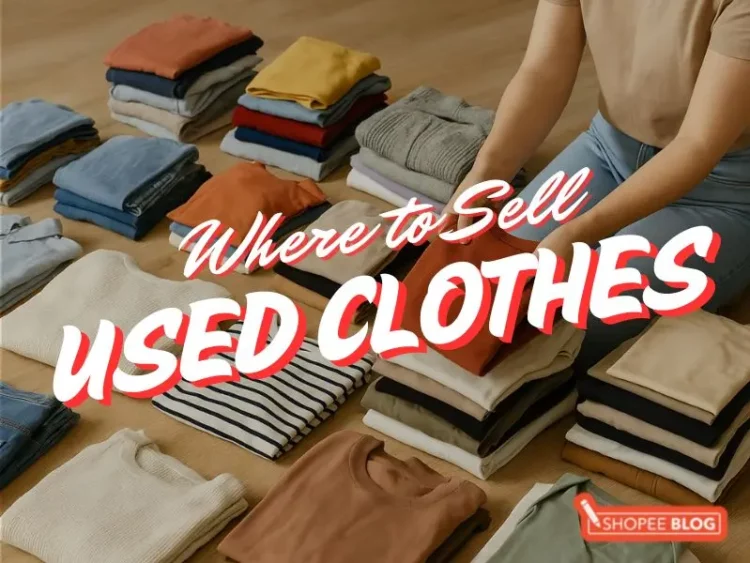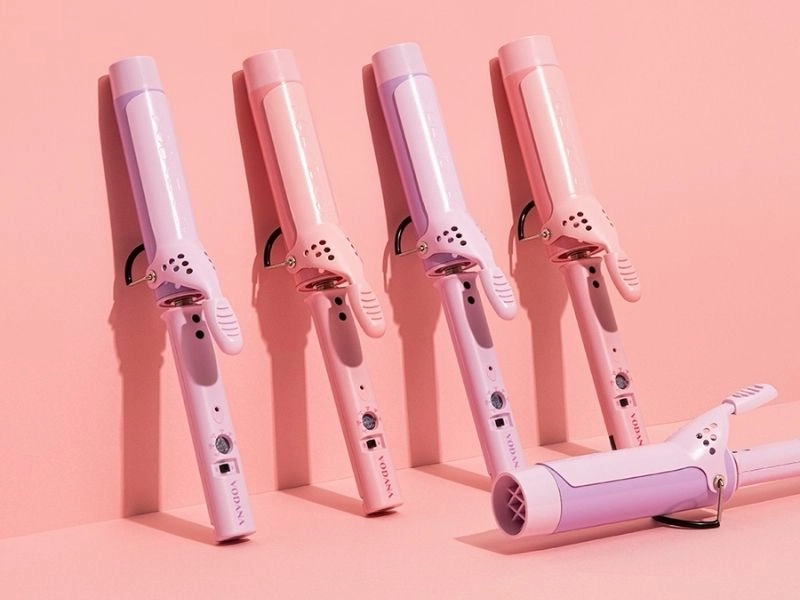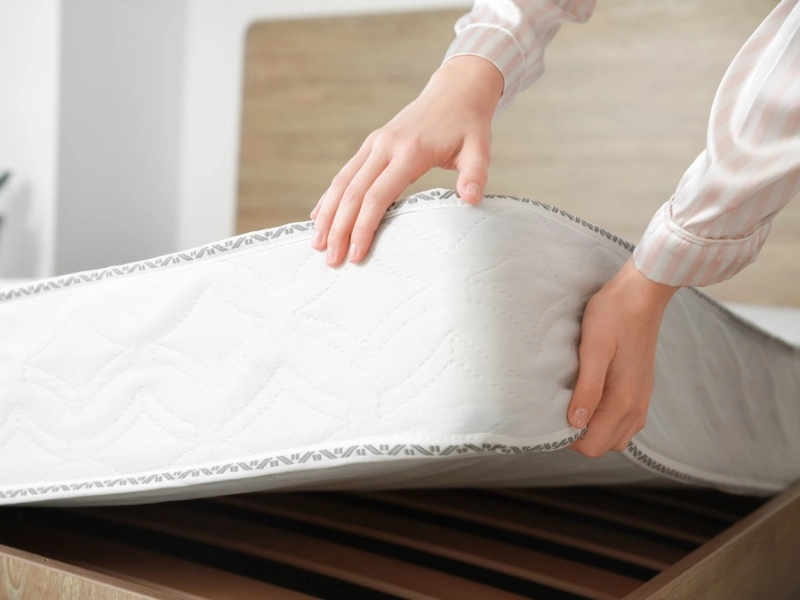We’ve all been there, standing in front of an overstuffed wardrobe and wondering how on earth we’ve collected so many clothes. Some don’t fit anymore, some were impulse buys, and others just don’t feel like “you” these days. Instead of letting them gather dust, why not give them a second life? There are plenty of ways to sell or donate your preloved pieces here in Singapore. Whether you want a bit of extra cash, need to declutter quickly, or simply want to be kinder to the planet, there is an option for you. Here’s a guide to the best places to sell used clothes in Singapore.
Where to sell used clothes in Singapore: Physical shops & flea markets
1. Refash
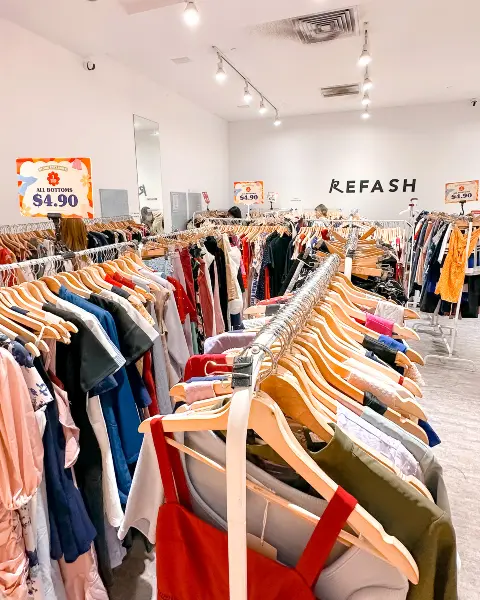
| Pros | Cons |
|
|
When selling to Refash, you’ll need to pack at least 10 clothing items (fewer for bags or wallets) and either drop them off at a store or request a courier pickup. Their team will assess each item based on factors like design, brand, condition, popularity, and material. Within 7 – 21 working days, you’ll receive an offer via WhatsApp, which you must accept or reject within 24 hours. Accepted items are paid for in cash or Refash credits, depending on the store and method.
Refash has also recently introduced instant cash for bags and wallets at participating stores. If items are rejected, you can either collect them back or let them go into their “Recovery Program” (for upcycling, recycling, or alternative resale). Note that Refash takes a handling or commission fee for their services – online users mentioned around 19%.
2. 2nd Street
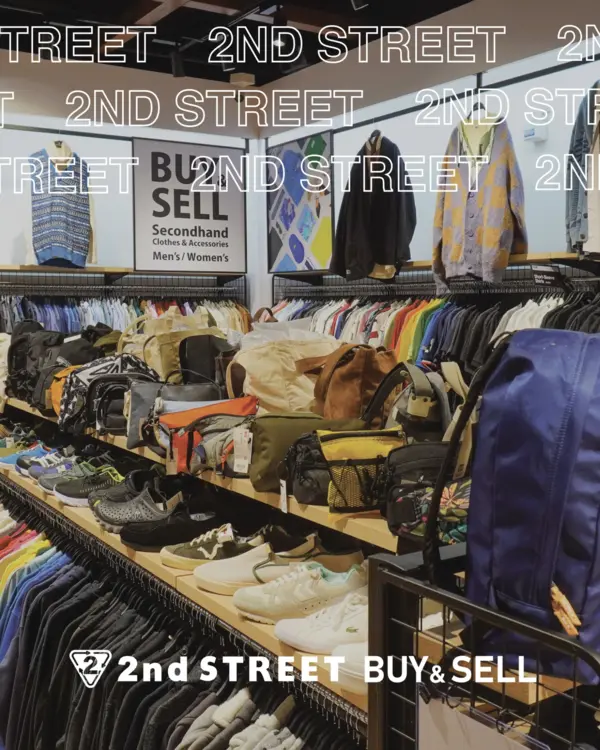
| Pros | Cons |
|
|
2nd Street is known globally as a secondhand chain for clothes, bags, and accessories, with its first Singapore outlet at 313@Somerset. You can walk into the store with your preloved items any time – no prior appointment needed – and the staff will appraise them on the spot. If your items pass quality checks, they’ll offer a same-day quote via cash or store credit for accepted pieces.
Because their selection includes both everyday and luxury/brand names flown in from Japan, you may find that premium or designer items get better offers. Their store is neatly organised with curated sections for streetwear, premium brands, and accessories, making both selling and shopping a streamlined experience.
3. The Luggage Market
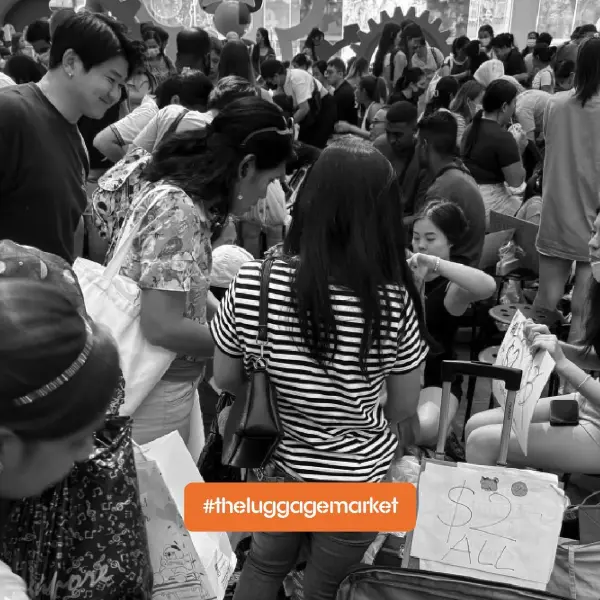
| Pros | Cons |
|
|
The Luggage Market is one of Singapore’s most popular flea market concepts and is held every Sunday at Aperia Mall, near Lavender MRT, from around 11am – 6pm. To participate, sellers need to book a slot through the official website or Instagram page, and the booth fee typically costs about SGD 69.90 per weekend. Unlike other flea markets that require tables or racks, sellers display items directly from their suitcases, keeping the setup simple and portable.
One of the main perks is that any unsold items can be collected by the organisers at the end of the day and donated to partner charities, so you don’t need to carry everything home. The event attracts a wide range of shoppers, from locals to domestic workers, and the diverse crowd means that bargain pricing and bundle deals like “3 items for $10” tend to perform well. It’s a faster turnaround: you may walk away with the money immediately for many items. Slots for the booths can sell out quickly, sometimes within minutes of release. Planning is key!
Where to sell used clothes in Singapore: Online marketplaces
4. Shopee
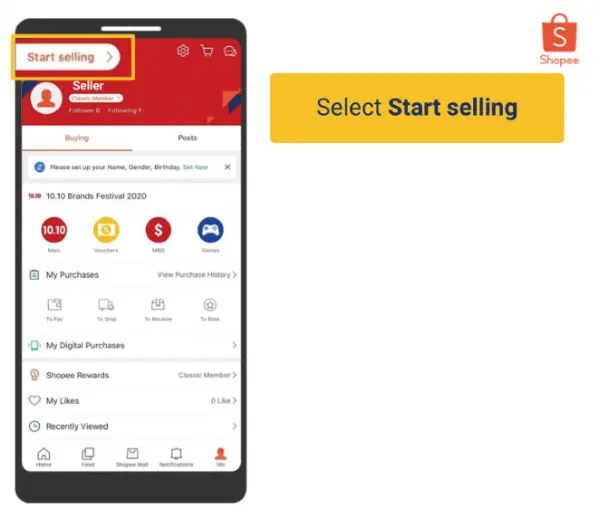
| Pros | Cons |
|
|
Yes, you can sell pre-loved items on Shopee as long as you follow their listing policies. However, note that branded products are only allowed for sale if you’re an authorised distributor on the platform. Once your listing is live, you can choose a shipping method – options include courier pick-up, drop-off at partner points, or parcel lockers.. Shopee handles the logistics, so sellers mainly need to prepare the parcel; the rest is streamlined through the platform. Payments are processed via ShopeePay, PayNow, cand redit cards, making transactions convenient and secure.
5. Carousell

| Pros | Cons |
|
|
When you list clothes on Carousell, here’s how the experience typically plays out: you snap a few photos, write a description (including brand, size, condition, and measurements), and post the listing. Carousell works via direct messaging between buyer and seller. After your listing is live, interested buyers reach out, negotiate, and arrange collection or delivery. Some sellers use the meet-up only option within certain zones to avoid shipping hassle. You retain full control over pricing, communication, and negotiation, making it a flexible platform for casual sellers. Prompt responses often lead to quicker deals, so being active and responsive can significantly improve your chances of making a sale.
Carousell doesn’t charge listing fees for ordinary users (unless you use promotional features) – it’s free to list. You can bump listings or use paid features for extra visibility. Because fashion is one of Carousell’s top categories, pieces from brands like Zara, Nike, or Love, Bonito tend to get more eyeballs.
6. Swapaholic
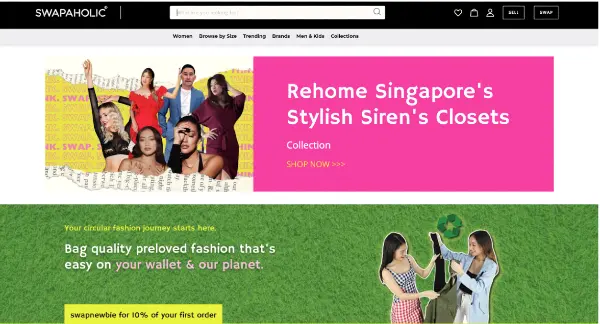
| Pros | Cons |
|
|
Swapaholic offers a different rhythm. Instead of listing and waiting for cash buyers, you send in clothes, earn credits, and then use those credits to “shop” other preloved items within the platform. The time lag is bigger because your items must go through their sorting, evaluation, and listing pipeline, but it’s more sustainable and less about chasing cash.
7. Telegram
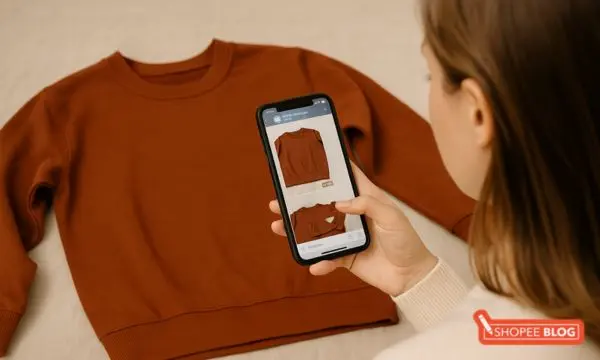
| Pros | Cons |
|
|
Another way to sell preloved clothes in Singapore is through Telegram channels and groups. You can set up your own public channels, list photos of their items, and then share the channel link on Instagram, TikTok, or with friends to grow a community of buyers. Prices are usually very affordable, often in the $5 – $20 range, making these groups appealing to budget-conscious thrifters. Transactions are straightforward: once payment is made (usually via PayNow or bank transfer), the seller mails the items to the buyer. This works best if you have an existing social circle or online following to tap into, since promotion is key to attracting members.
Bonus: Donating your used clothes at charity shops & donation points
Not everything is worth the hassle of selling, and donating can be just as satisfying. These are donation-based, not sale-based, but many of them resell what they accept, so your items still find new users.
8. New2u
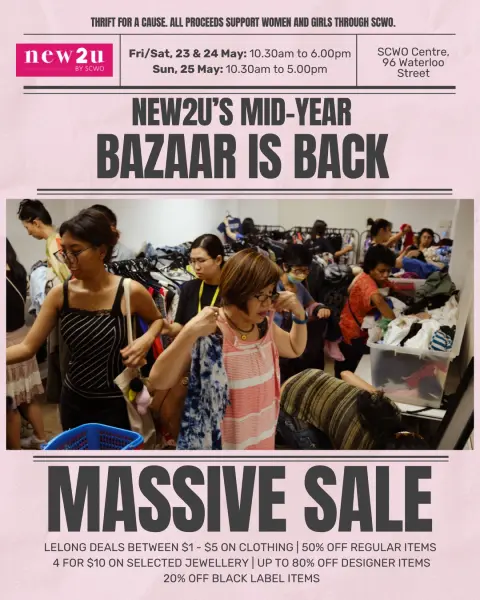
Operated by the Singapore Council of Women’s Organisations, the New2u thrift shop resells donated items to raise funds for women’s programmes. You drop off items at their shops or donation bins. Because they resell, the acceptance standard is higher: wearable items must be clean and non-damaged. You can bring in clothes, accessories or household items during operating hours. Note there’s usually a limit (e.g. two boxes) due to space constraints.
9. The Salvation Army

To donate clothes to The Salvation Army, simply locate your nearest drop-off point or donation centre via their website. Clean, gently used clothing in good condition is accepted at physical locations, and collection services may be available for larger items. Your donations either go directly to individuals and families in need – such as those starting over or children requiring essentials – or are sold in Family Stores, with proceeds funding community programs like education, shelter, and support for ex-offenders. While there’s no limit to how much you can give, it’s best to avoid donating items that are damaged, stained, or heavily worn. Every contribution, big or small, makes a difference.
10. Red Cross

The Singapore Red Cross operates thrift shops that sell donated clothing and goods to fund its humanitarian work. Their main outlet is located at Red Cross House on Penang Lane, close to Dhoby Ghaut MRT, with another at the Red Cross Campsite in Opera Estate. From time to time, they also run pop-up shops at places like Dhoby Xchange, making it easier for the public to access their preloved collections. Clothes must be clean, wearable, and in good condition. You can drop your donations directly at their shops during operating hours, and for large collections, the Red Cross may offer doorstep pickup if arranged in advance. In such cases, donors are encouraged to give at least five working days’ notice so logistics can be scheduled smoothly, and a minimum collection fee may apply.
11. Junk to Clear

For those with larger amounts of clothing or bulky items, Junk to Clear offers a convenient door-to-door service. Instead of dropping off bags at donation bins, you can book a collection, and their team will sort the items. Usable clothing and household goods are redistributed to charities and partner organisations, while non-usable materials are responsibly disposed of. This service is particularly practical during moves, spring-cleaning, or when you want to offload large volumes of items in one go.
The trade-off is that you won’t have control over which charity receives your clothes, but it ensures they are directed to organisations that can use them, without creating additional burden. The convenience of having someone handle the pickup often outweighs the lack of direct involvement.
12. SOSN (Something Old Something New)
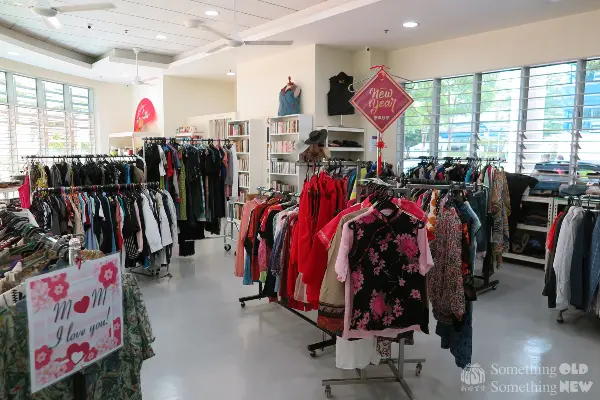
SOSN (Something Old Something New) is a social enterprise thrift chain with about 8 outlets across Singapore, supporting individuals with mental health challenges. Donations help fund their programs and create employment opportunities for persons in recovery. To donate, contact SOSN directly via phone or platforms like Orderly to confirm their current donation needs and arrange a drop-off or pickup. While they accept pre-loved items, requirements may vary, so it’s best to check what they’re currently able to receive before contributing.
13. MINDS Shop
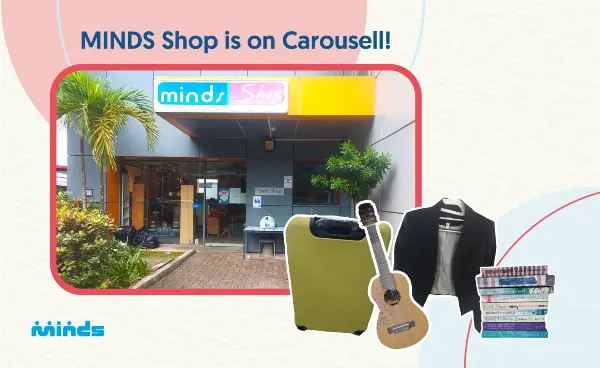
To donate clothes to a MINDS shop, you can drop off your packed items in the shop’s collection bin during operating hours or hand them directly to staff. Note that MINDS does not offer pick-up services, so you’ll need to arrange your own transportation. All donated items should be clean, presentable, and in good condition – free from stains, holes, or heavy fading.
Your donations go toward supporting the Movement for the Intellectually Disabled of Singapore (MINDS). Items are resold through their thrift outlets, and the proceeds help fund vocational training and employment opportunities for individuals with intellectual disabilities.
Quick tips for selling preloved clothes in Singapore
Selling secondhand clothes can be easy, but a few small tweaks will make your listings stand out and move faster. Here are some things to keep in mind if you want to maximise your chances:
- Take clear, well-lit photos: Natural daylight works best. Lay clothes flat against a plain background, or take a mirror selfie if it helps show fit. Include close-ups of labels, textures, or patterns. This builds buyer trust and makes your listing look more professional.
- Be transparent about the condition of your clothes: Always point out flaws like small stains, missing buttons, or fading. Buyers appreciate honesty, and it saves you from disputes later. Phrases like “worn once, in excellent condition” or “slight fraying on sleeve, reflected in price” help manage expectations.
- Include measurements and fit notes: Sizes can vary between brands, so add actual measurements (pit-to-pit, waist, length) and your estimate of fit (e.g. “fits UK8–10”). It cuts down on repeated questions and makes buyers more confident to hit “buy.”
- Bundle items for faster sales: If you’re selling basics, create deals like “3 tops for $15” or “buy 2 get 1 free.” Bundles clear space faster and appeal to bargain hunters, especially on flea markets and Carousell.
Clear out your closet and give your clothes a second life!
Want it fuss-free? Try Refash or 2nd Street. Like managing your own listings? Shopee and Carousell are solid picks. Need to clear a mountain of clothes? The Luggage Market is your weekend fix. And if you just want to give back, donation bins and thrift shops will always welcome your preloved stuff. Your old clothes deserve better than sitting in a pile! You might even turn it into a fun side hustle.
This article was updated on 03 October 2025. Additional research done by Mari Jaia Corral.


